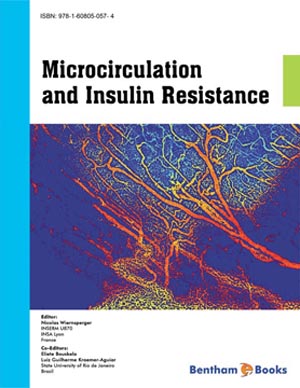Abstract
Patients who have suffered a myocardial infarction (MI) and live with chronic heart failure (CHF) exhibit a substantial reduction in peripheral insulin sensitivity and increase their risk for developing diabetes by several-fold. To establish the putative role for post-myocardial infarction (MI) microcirculatory dysfunction in insulin resistance several questions must be addressed. Paramount amongst these are: 1. What are the microcirculatory hemodynamic characteristics in healthy resting muscle? 2. How are these impacted in post-infarction CHF? 3. Can current models of bloodtissue substrate delivery/exchange support a role for CHF-induced functional alterations in insulin resistance? This brief review considers that skeletal muscle, in part because of its great mass, prodigious capillarity and metabolic plasticity, constitutes a primary organ in body glucose homeostasis. The myriad changes in arteriolar vasoregulation post-MI, whilst certainly important with respect to the control of bulk muscle blood flow and its distribution, will not be addressed in depth herein. Rather, the questions posed above will be focussed within the context of recent novel observations at the capillary level i.e., at the primary site of blood-muscle exchange. These observations challenge the dogma that, in resting muscle, most capillaries are not recruited at rest which, if correct, would restrict their participation in glucose uptake and homeostasis. This is a crucial issue because direct observations suggest that, in healthy muscle, most capillaries do support continuous red blood cell (RBC) flux. In contrast, in post-MI CHF, a substantial proportion of skeletal muscle capillaries cease to support RBC flux both at rest and during contractions and it is likely that this constitutes a sentinel event in insulin resistance. Development and optimization of treatment strategies designed to ameliorate insulin resistance and halt or reverse the progression towards overt diabetes in CHF patients are dependent upon resolving these issues.





















